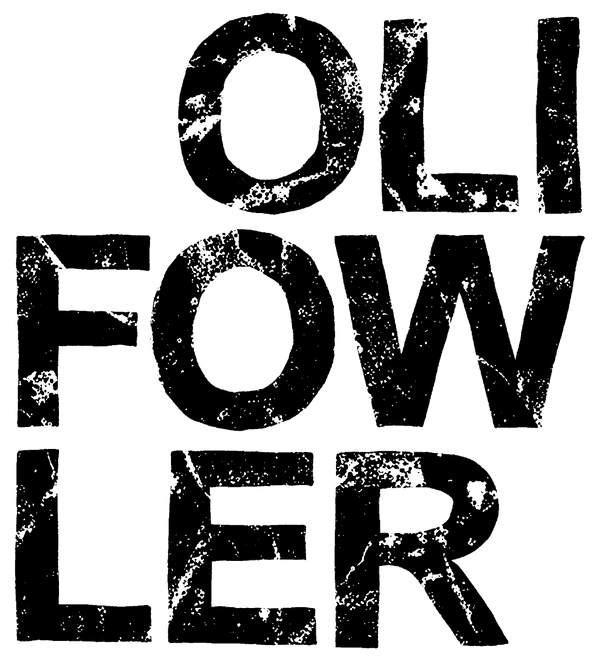
The Physicality of Ink
This is the big one. The fundamental difference. When you look at a digital print (often called a Giclée print), you're seeing thousands of tiny, atomised dots of ink sprayed by a machine *into* the fibres of the paper to replicate a digital file. It’s incredibly precise, but it’s flat. Soulless, if you ask me.
Screen printing is the polar opposite. We're not spraying dots; we're pushing a solid layer of viscous ink *through* a mesh screen directly *onto* the surface of the paper. That ink sits proudly on top. It has a body. A tangible presence. You can often see and feel its texture, its raised edge, its unique satin or matte finish. It’s a physical object in its own right, not just a picture of one.
This process allows for inks that digital printers can only dream of – vibrant metallics, punchy fluorescents, and super-opaque whites that truly pop on coloured paper. It's a layer of colour with character.
One Colour, One Screen, One Pull
There is no "Ctrl+P" in screen printing. It’s a gloriously inefficient, manual process. If a print has four colours, it's not one pass through a machine. It's four separate, painstaking processes.
For each and every colour, I have to:
- Create a separate stencil on a fine mesh screen, usually using a light-sensitive emulsion.
- Carefully align (or 'register') that screen over the paper so it lines up perfectly with the other colours. This can be a proper faff.
- Mix the ink to the exact hue I want.
- Physically pull the ink across the screen with a squeegee, applying just the right amount of pressure to create a clean, solid layer.
Then I have to clean everything down and do it all over again for the next colour. It’s a dance of preparation, precision, and physical effort. This hands-on involvement is what separates a craft from a simple reproduction.
Embracing the 'Happy Accident'
Because screen printing is done by a human, no two prints in an edition are ever 100% identical. They can't be. There might be a minuscule difference in the texture of the ink deposit, a slight variation in registration that’s only millimetres off, or a subtle shift in the ink tone. These aren't flaws; they are the ghost in the machine. They're evidence of the artist's hand.
A digital print is a perfect clone of the one before it, and the one after it. An edition of screen prints is more like a family of siblings – they all share the same DNA, but each has its own unique personality. It’s something I look for in my own work at Oli Fowler Art; that little bit of wabi-sabi that proves it was made with care, not just clicked into existence.
So when you buy a screen print, you're not just buying a picture. You're buying the time, the skill, the layers of physical ink, and a unique piece of a limited edition that has its own individual character. It's a slice of the studio, straight from my hands to your wall.
Now you know what you're looking at, why not see the difference for yourself? Have a browse of the store and see what catches your eye.
